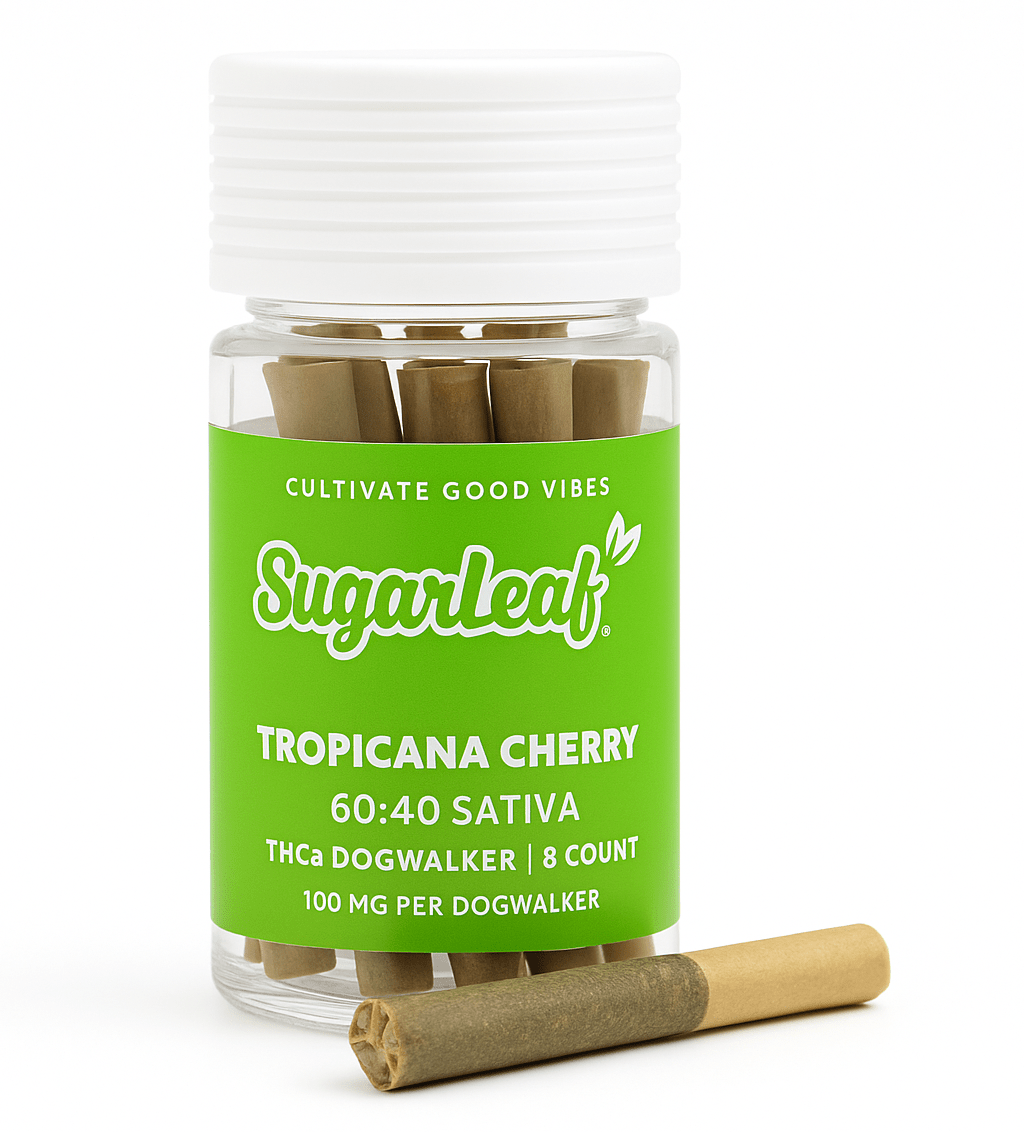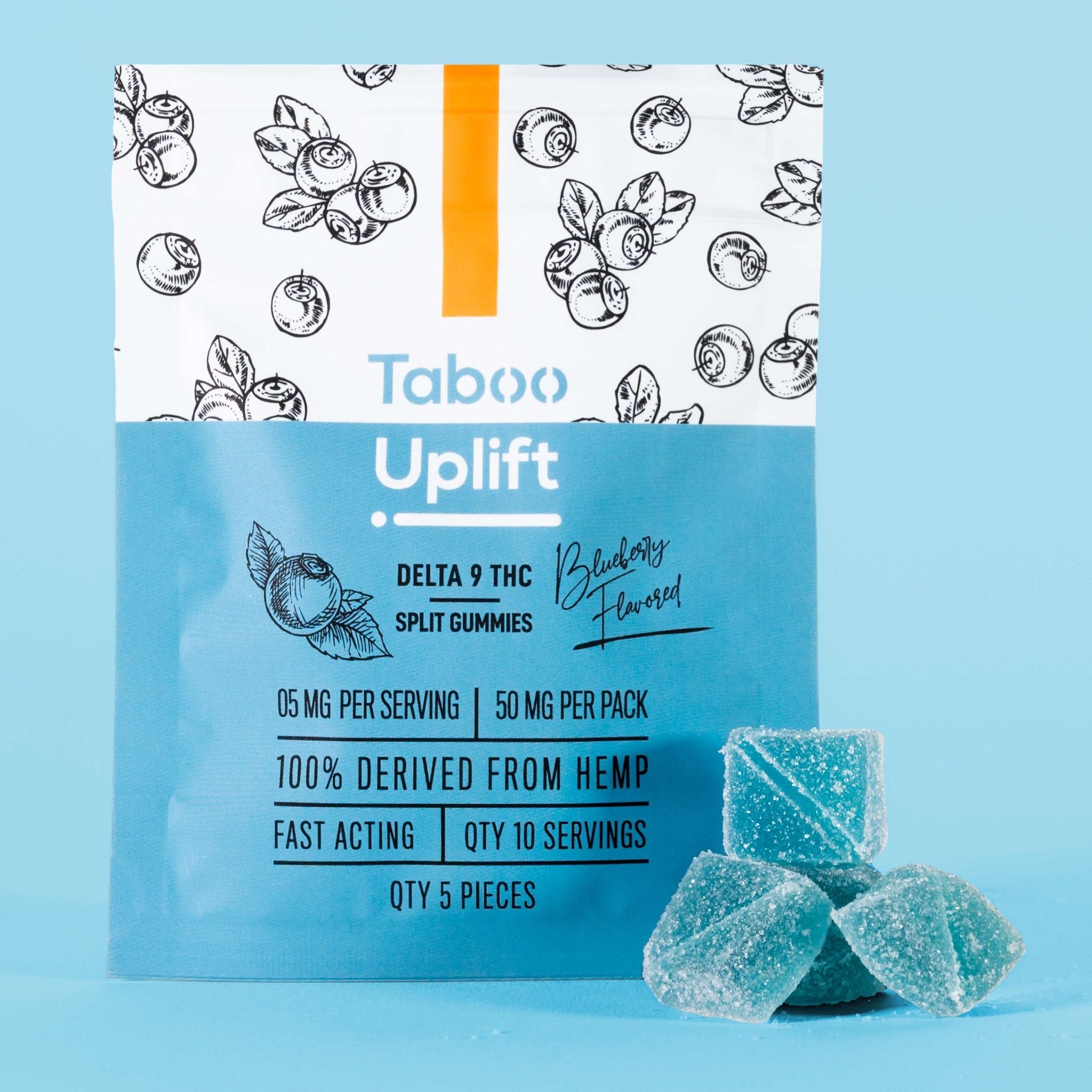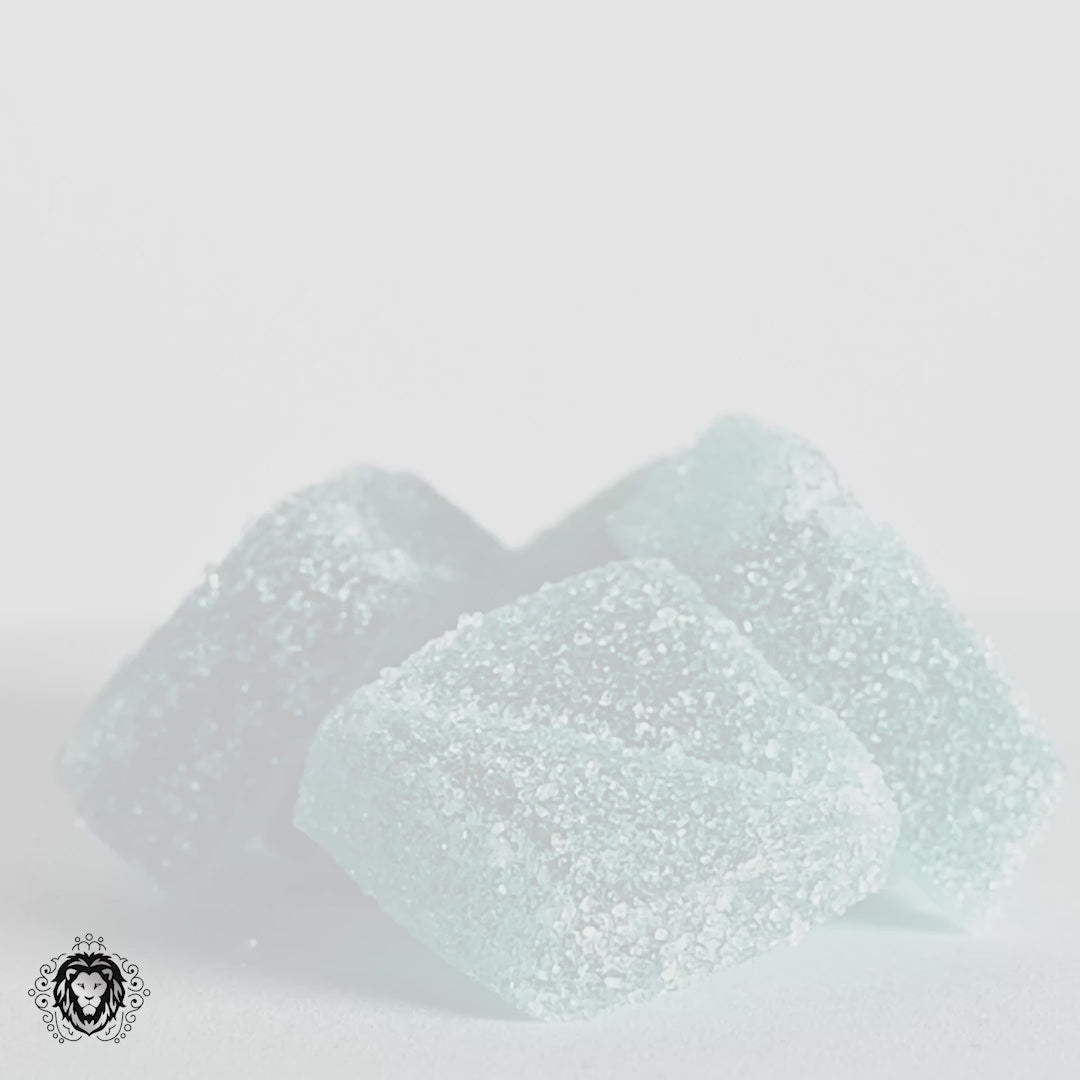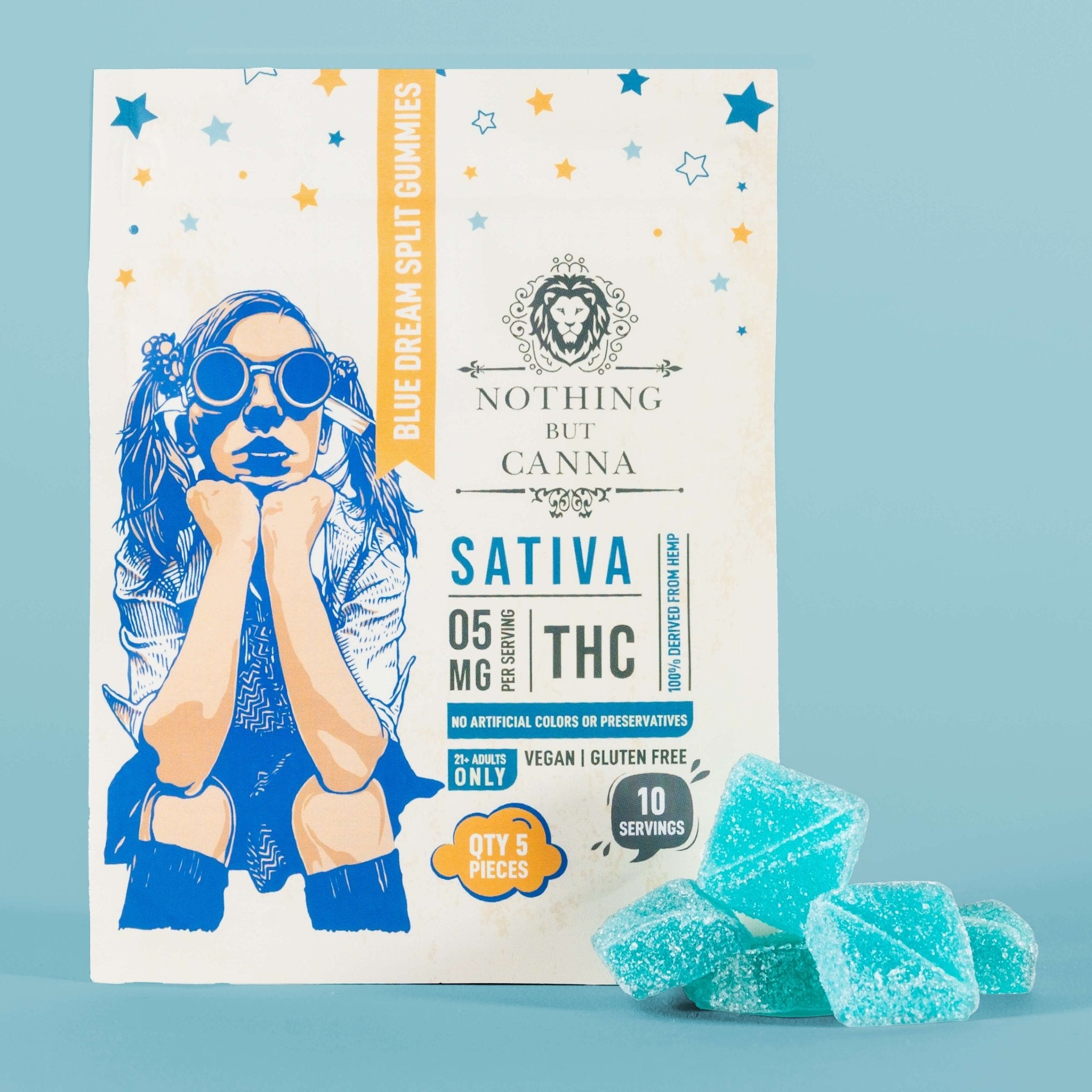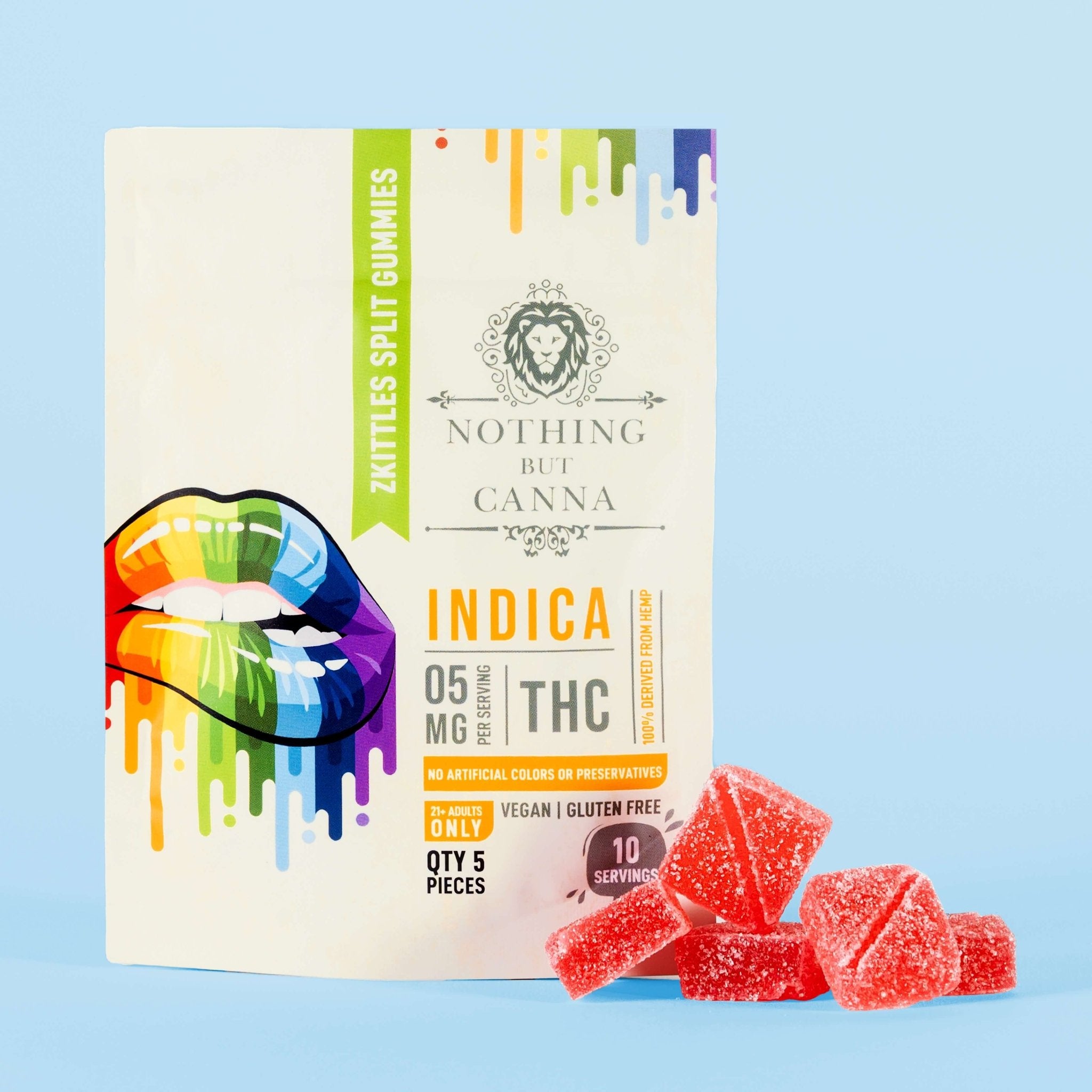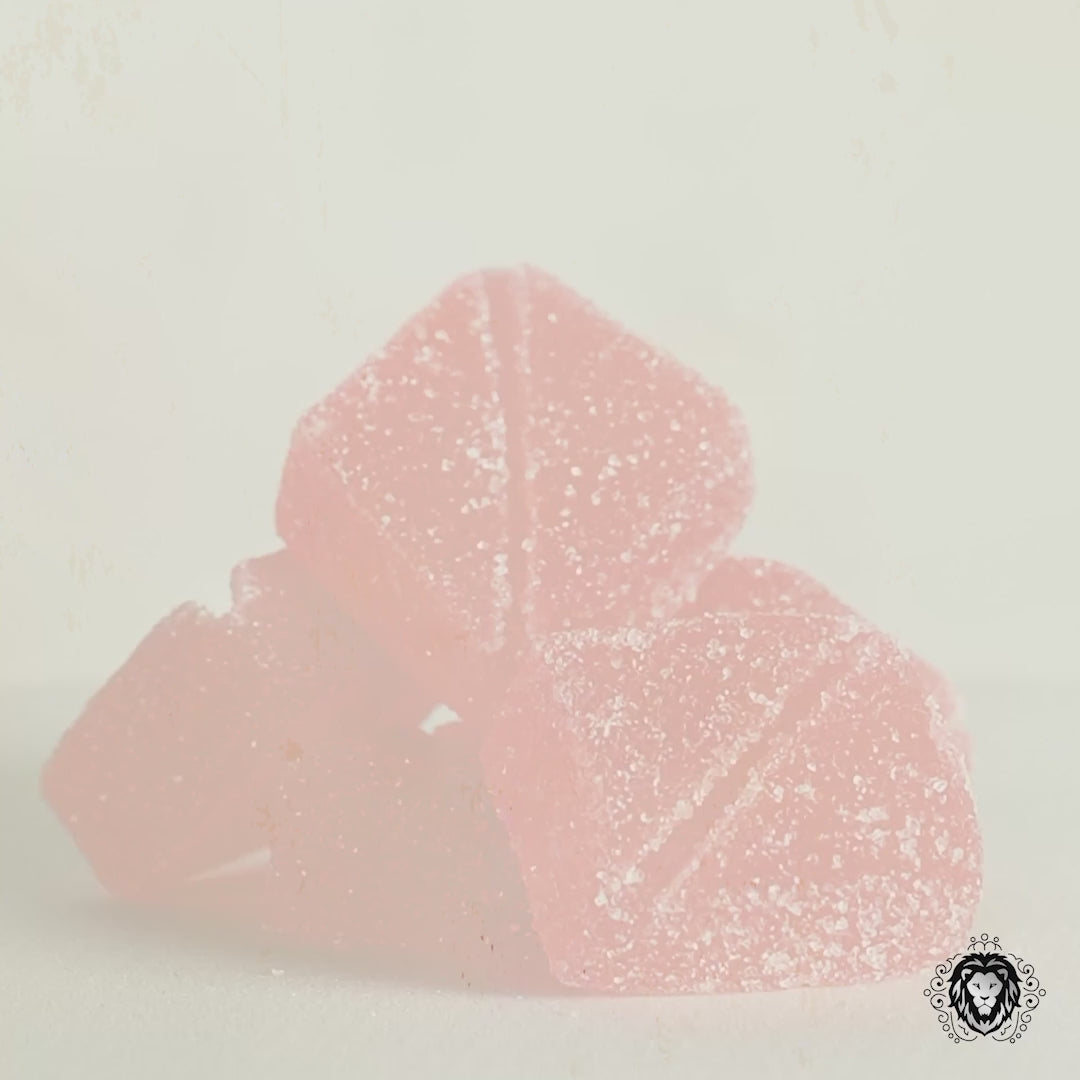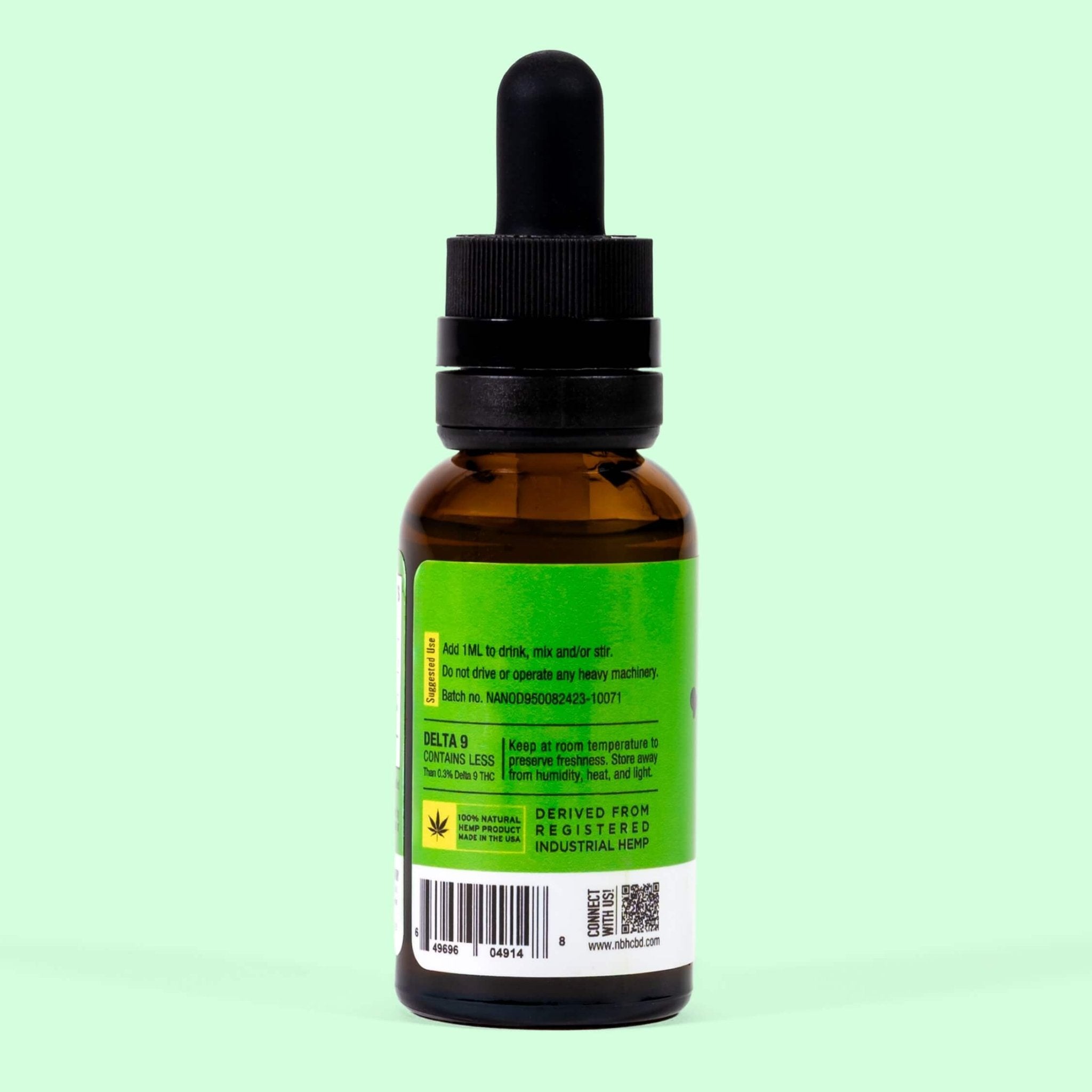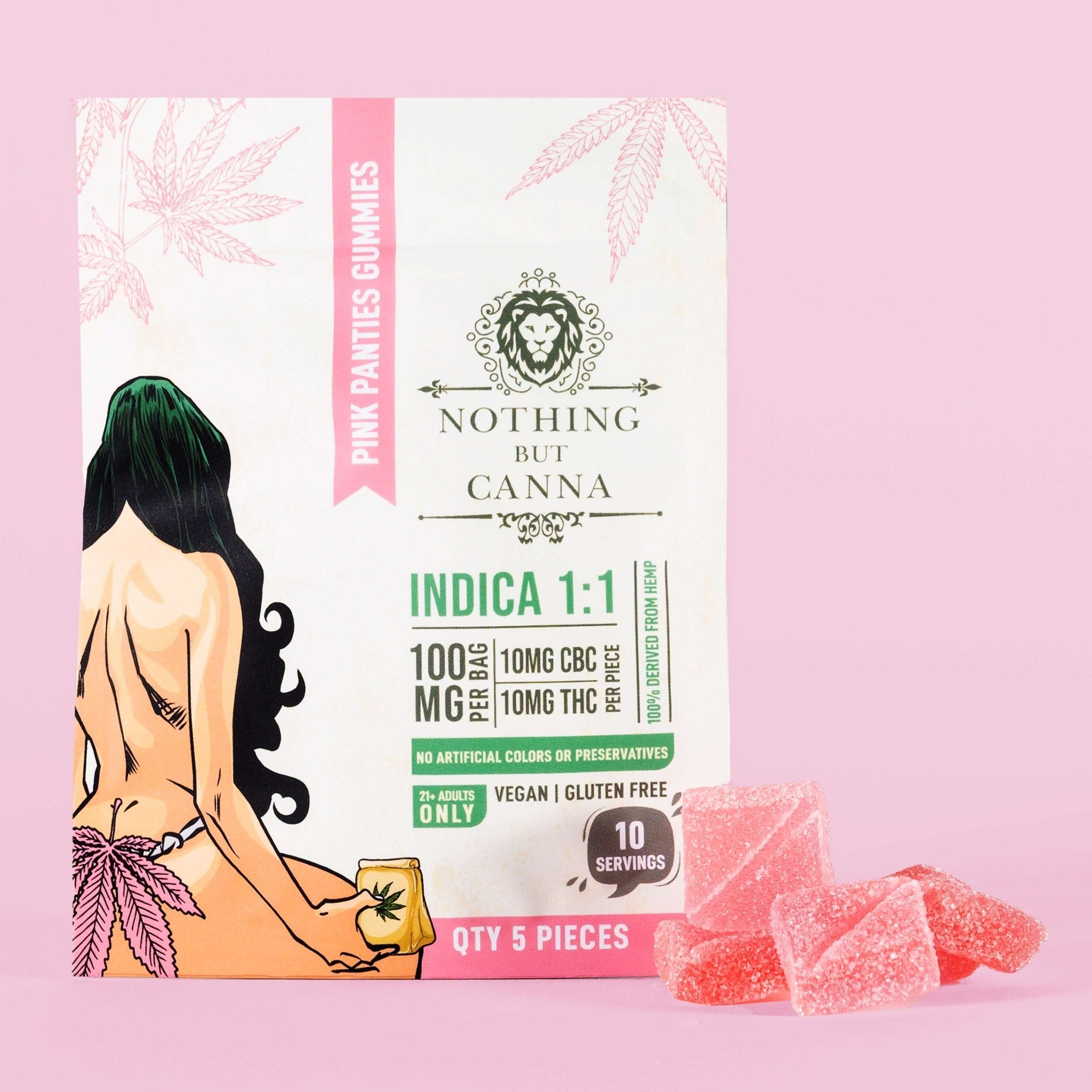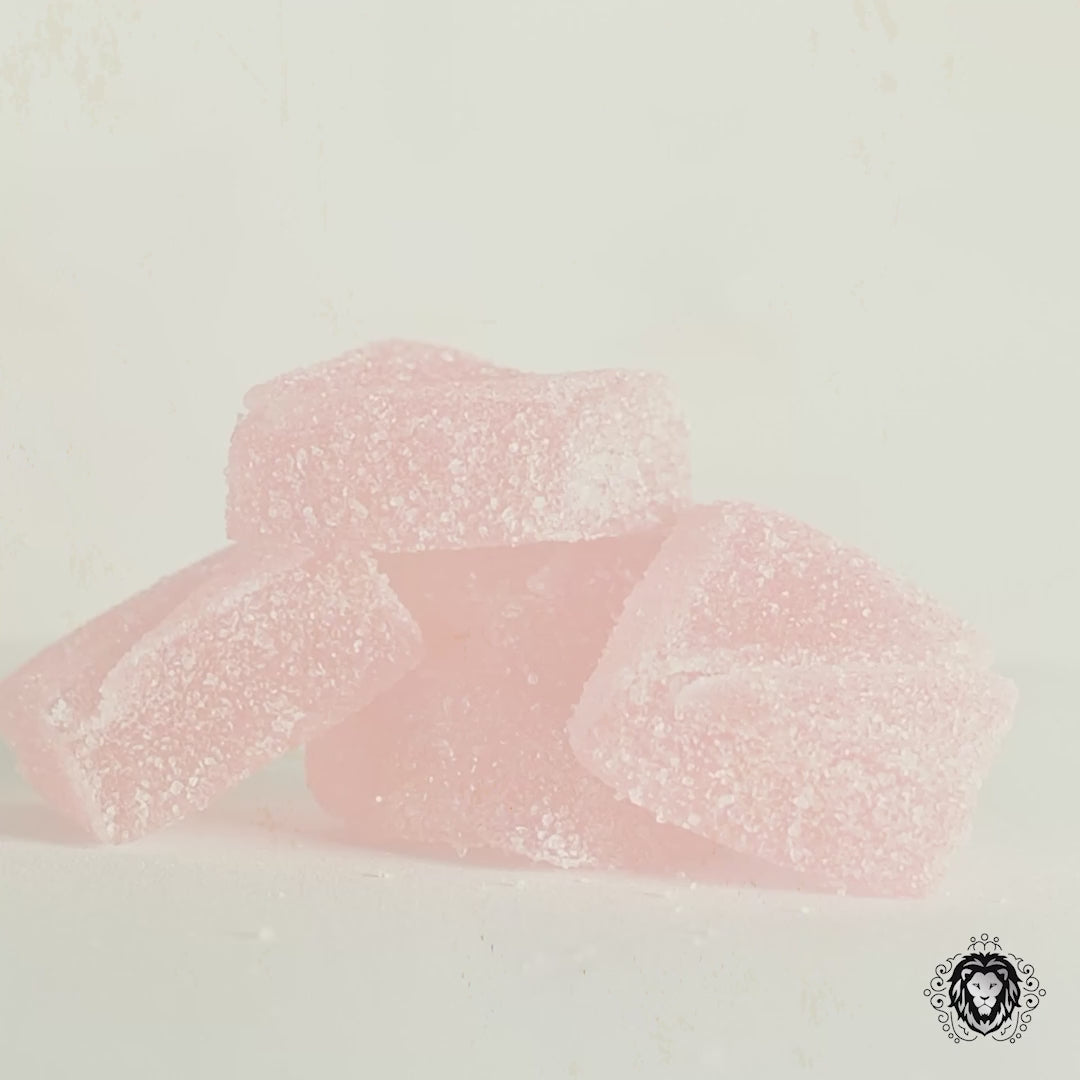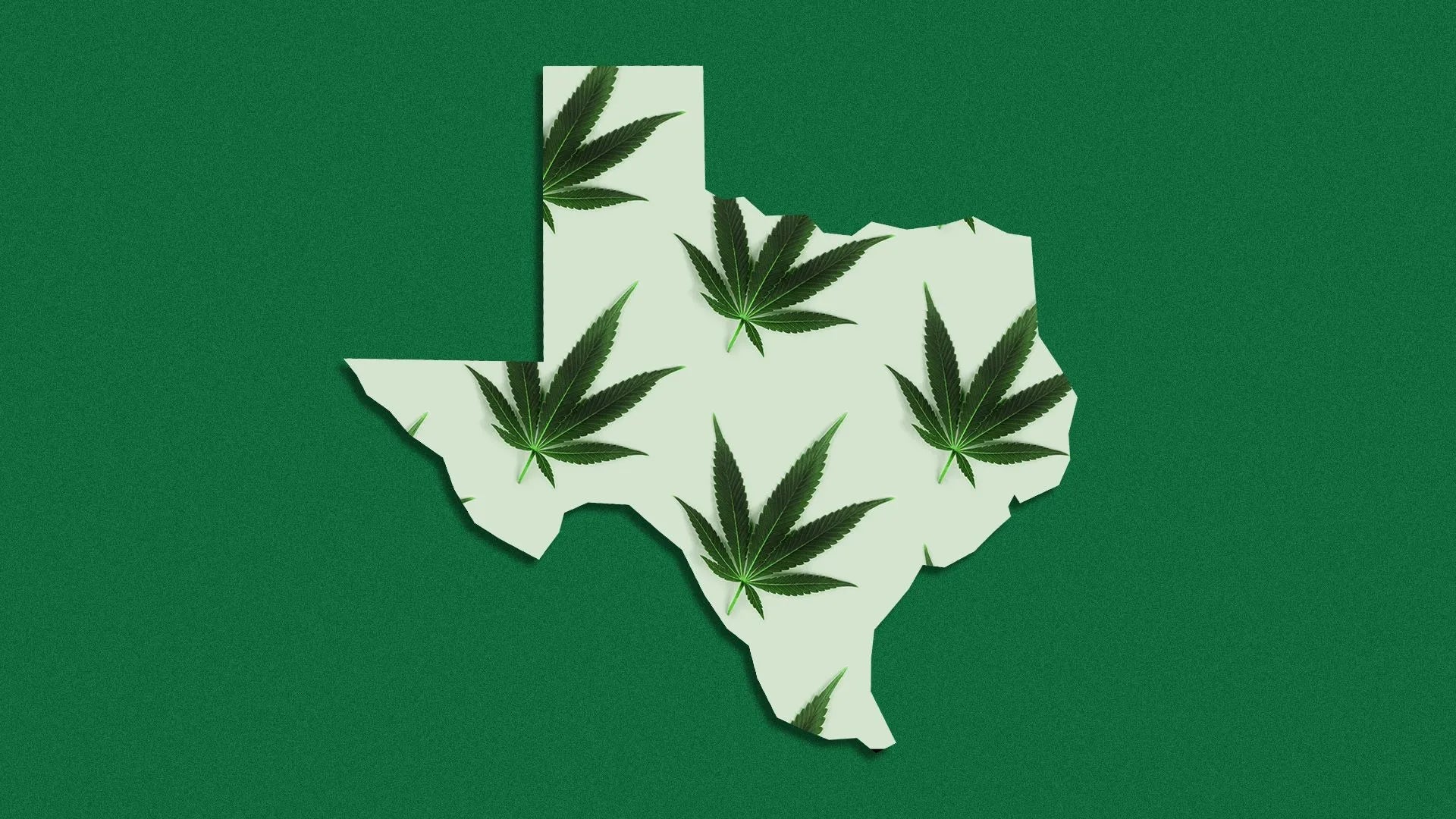The new study reveals an alarming percentage of hemp flower products with THC levels far above the legal limit set forth by the 2018 Farm Bill.

The crackdown on hemp-derived products containing illegal amounts of THC continues in states where there are no legal and regulated cannabis markets, medicinal or recreational. One particular area of focus for state health officials and law enforcement agencies centers on smokable hemp flower, most notably those containing the controversial and misunderstood THC-A cannabinoid.
According to numerous media outlets, a new comprehensive analysis of smokable hemp products by researchers at the National Institutes of Standards and Technology (NIST) in Gaithersburg, Maryland, discovered that 93% of tested samples contained more than 0.3% Delta-9 THC, which is the federal legal limit distinguishing hemp from cannabis first established by the 2018 Farm Bill.
The research study's findings, published in the March edition of the Forensic Chemistry Journal, involved the analysis of 53 smokable hemp products from 5 commercial manufacturers for a variety of cannabinoids, including delta-8 THC, delta-9 THC, THC-A, and total delta-9 THC.
Scientists at NIST—an arm of the Commerce Department—and the State University of New York (SUNY) Albany utilized liquid chromatography with photodiode array detection and methanol extraction to determine the actual delta-9 THC levels in the provided samples.
"Over 90% of the samples analyzed by NIST were determined to have a total Δ9-THC mass fraction above 0.3 % even though samples were being marketed as hemp. Surprisingly, often, the associated online documentation reported total Δ9-THC mass fractions of ≥0.3 %. All samples were sold as smokable hemp with Δ9-THC levels less than or equal to the federal limit of 0.3 %," the report says.
"Over 90% of the samples analyzed by NIST were determined to have a total Δ9-THC mass fraction above 0.3 % even though samples were being marketed as hemp. Surprisingly, often, the associated online documentation reported total Δ9-THC mass fractions of ≥0.3 %. All samples were sold as smokable hemp with Δ9-THC levels less than or equal to the federal limit of 0.3 %."
- Research Study by the National Institutes of Standards and Technology
The study's authors point out that the "poor agreement" in their findings could result from differences in testing methods, batch-to-batch variability, the "inhomogeneity" of the samples themselves, which creates varied test outcomes, storage conditions, and "product labels or online documentation that are not representative of actual products."
Researchers also noted that since the passage of the Mercurial 2018 Farm Bill, the cultivation of hemp, particularly floral hemp, has increased substantially. A 2021 U.S. Department of Agriculture (USDA) report estimated overall hemp production in the country to be valued at around $824 million, with over 76% of all hemp cultivation being of the floral variety, including smokable hemp. Many of these products are predominantly unregulated and are often available online, in smoke shops, or at convenience stores.
"Now, with a quantitative limit [on delta-9 THC], method accuracy is of paramount importance since legal actions are based on the resulting measurements. These studies demonstrate the need for accurate analytical measurements, batch homogeneity measurements, appropriate long-term storage conditions, and updated product information. These results also highlight the need for reference materials in the cannabis industry to establish measurement accuracy," the new study says.
"Now, with a quantitative limit [on delta-9 THC], method accuracy is of paramount importance since legal actions are based on the resulting measurements. These studies demonstrate the need for accurate analytical measurements, batch homogeneity measurements, appropriate long-term storage conditions, and updated product information. These results also highlight the need for reference materials in the cannabis industry to establish measurement accuracy."
- Research Study by the National Institutes of Standards and Technology
While the findings and the methods used to arrive at the results are dry, technical, and difficult for most lay people to understand, the positives emerging from the study center on the researchers' ability to develop and utilize testing methods that are both accurate and easily replicable for federal and state health officials and law enforcement agency personnel.
With any new industry, particularly one with the complicated chemistry of hemp and the polarizing politics surrounding cannabis, there are going to be growing pains requiring patience and diligence on the part of all parties involved, including farmers, manufacturers, and retailers, in the case of hemp.
These findings, while disconcerting and unacceptable, should serve as an impetus for industry introspection and improved regulatory guidelines and methodologies for testing and enforcement.
However, as more and more states begin legalizing medical and adult-use cannabis and the federal government inches closer and closer to ending marijuana prohibition, these "issues" will become less and less pressing as industry stakeholders and advocates develop better and more reliable processes for ensuring the legality, safety, and efficacy of hemp and cannabis products.




